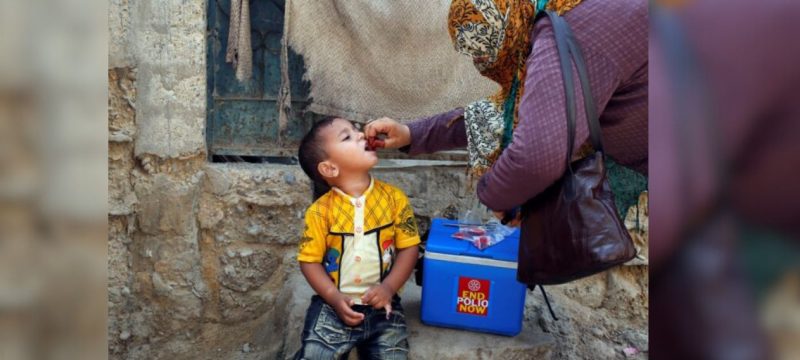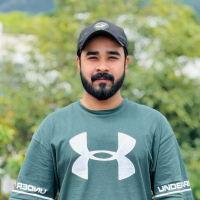The Pakistan Polio Eradication Programme has confirmed the detection of wild poliovirus in environmental samples from seven additional districts, highlighting the ongoing challenge of eradicating the disease.
A report issued by the Regional Polio Laboratory at the National Institute of Health (NIH) revealed that samples collected from May 8 to May 23 tested positive for poliovirus in Gwadar, Quetta, South Waziristan Lower, South Waziristan Upper, Rawalpindi, Larkana, and Mirpurkhas. Meanwhile, samples from Lahore and Pishin were found to be negative, offering a small sign of hope.
Read more: Polio Virus Found in 47 Areas Across Pakistan, Raising Alarm
Out of nine sewage samples analyzed, all the positive detections were identified as wild poliovirus type 1 (WPV1), the strain that remains endemic in Pakistan and neighboring Afghanistan. According to officials at the Emergency Operations Centre (EOC), these environmental findings indicate silent transmission of the virus and underline the urgent need for intensified immunisation campaigns.
Despite ongoing nationwide efforts, Pakistan is still one of only two countries where polio remains endemic. So far in 2025, the country has reported 12 confirmed cases—six from Khyber Pakhtunkhwa, four from Sindh, and one each from Punjab and Gilgit-Baltistan. The most recent case was reported in Bannu district, KP, further illustrating the difficulties in reaching vulnerable communities, particularly in the south of the province where access is often restricted and vaccination campaigns are obstructed.
In addition to geographic barriers, health officials are facing increasing resistance to vaccination in urban areas. During the May campaign alone, Karachi’s EOC reported that 37,711 parents refused to vaccinate their children, a slight increase from April’s 37,360 refusals. Officials attribute this trend to misinformation and a lack of awareness.
In response, the government has launched three major immunisation drives this year—in February, April, and May—reaching over 45 million children with the help of approximately 400,000 frontline workers, including 225,000 female vaccinators. Authorities are intensifying efforts in high-risk areas by working closely with local influencers, religious leaders, and community figures to build trust and counter vaccine hesitancy.
Polio is a highly contagious viral disease, primarily affecting children under five. It can lead to permanent paralysis and, in some cases, death. While there is no cure, vaccination remains the only effective means of prevention.
Health experts continue to urge parents to support eradication efforts by getting their children vaccinated and ignoring false narratives. “Pakistan has made notable progress in its fight against polio, but the continued detection of the virus in sewage is a stark reminder that our mission is not yet complete,” a representative from NIH stated.









